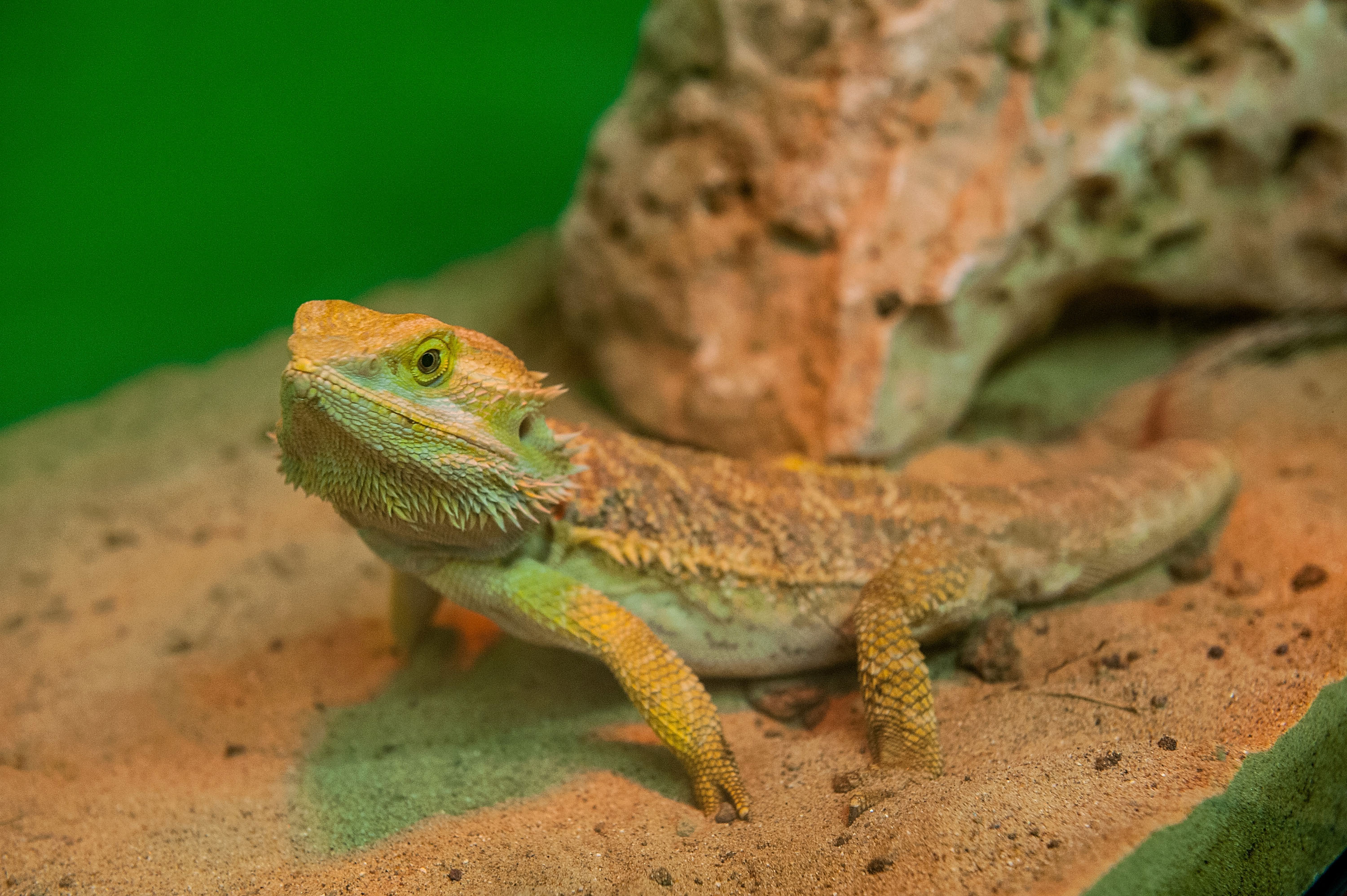Scientists reveal how heat causes bearded dragons to change sex
In a first, scientists show there are two ways to produce an ovary in bearded dragons

Your support helps us to tell the story
From reproductive rights to climate change to Big Tech, The Independent is on the ground when the story is developing. Whether it's investigating the financials of Elon Musk's pro-Trump PAC or producing our latest documentary, 'The A Word', which shines a light on the American women fighting for reproductive rights, we know how important it is to parse out the facts from the messaging.
At such a critical moment in US history, we need reporters on the ground. Your donation allows us to keep sending journalists to speak to both sides of the story.
The Independent is trusted by Americans across the entire political spectrum. And unlike many other quality news outlets, we choose not to lock Americans out of our reporting and analysis with paywalls. We believe quality journalism should be available to everyone, paid for by those who can afford it.
Your support makes all the difference.Scientists have unravelled crucial parts of the long-standing mystery of how the temperature of the surrounding environment determines whether a bearded dragon embryo develops as male or female, an advance that sheds more light on the biological pathways behind sex-determination in reptiles.
For over five decades biologists have known that in many reptiles and fish, the sex of a developing embryo depends on environmental temperature, however the exact mechanism by which this happens was unknown.
In bearded dragons, scientists have known that an embryo grows into a male or female lizard depending on one of two ways -- one that is innately determined by the genes on the reptile’s sex chromosome, and another which is activated by high temperatures during development.
In the current study, researchers, including those from the University of Canberra in Australia, analysed this process called temperature-dependent sex determination in bearded dragon lizards.
According to the scientists, the males of this species have two identical sex chromosomes – ZZ – in their cells while females have two different sex chromosomes – ZW.
However, the male embryos develop as female if the temperature is warm, and exactly how the female embryo develops was unknown until now.
In the research, the scientists sequenced the genome of unhatched bearded dragons that were either incubated at a temperature cool enough for ZZ embryos to hatch as males, or sufficiently warm for them to hatch as females.
They compared the results with data on which genes determined sex within the ZW chromosome.
Based on the results, the scientists compared how the two types of females – those determined by temperature and those by their chromosome – developed.
The findings revealed that initially different sets of genes are active in the two types of females, but the biochemical pathways controlled by these genes converge to produce ovaries in the lizards.
According to the researchers, including Sarah Whiteley from the University of Canberra, the study is the first to show that there are two ways to produce an ovary in the bearded dragon, paving the way for future experiments to understand each gene’s role in sensing temperature and controlling sexual development.
“This new knowledge is bringing us closer to understanding how temperature determines sex, so it is a very exciting time to be in biology,” Dr. Whiteley said in a statement.
Join our commenting forum
Join thought-provoking conversations, follow other Independent readers and see their replies
Comments